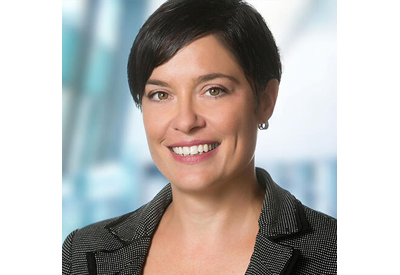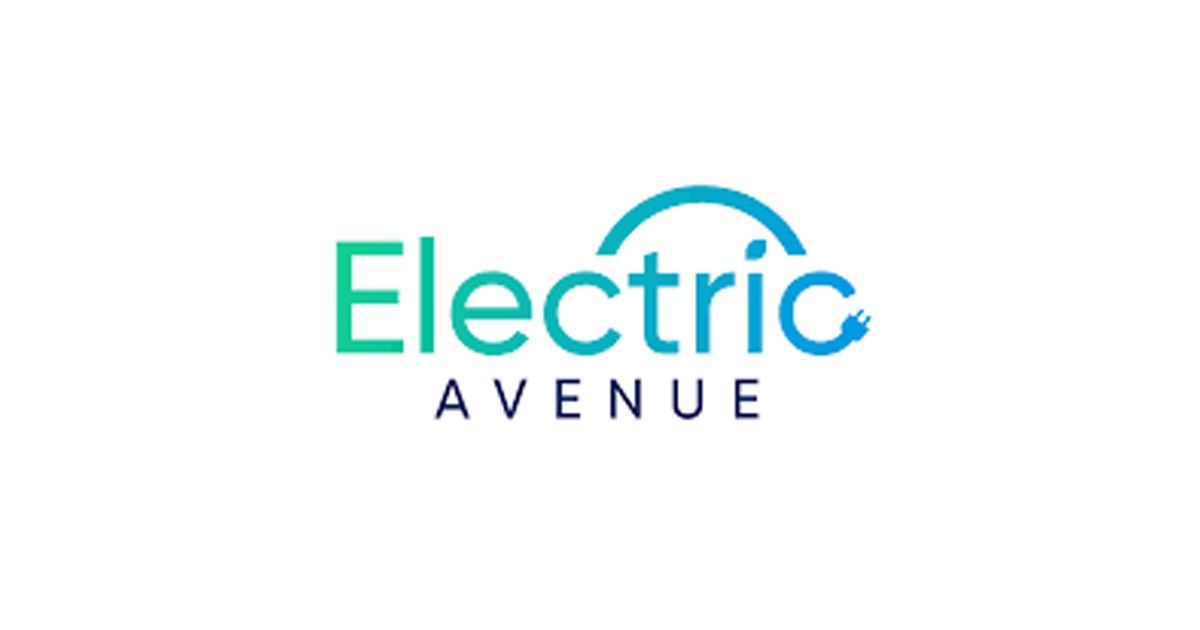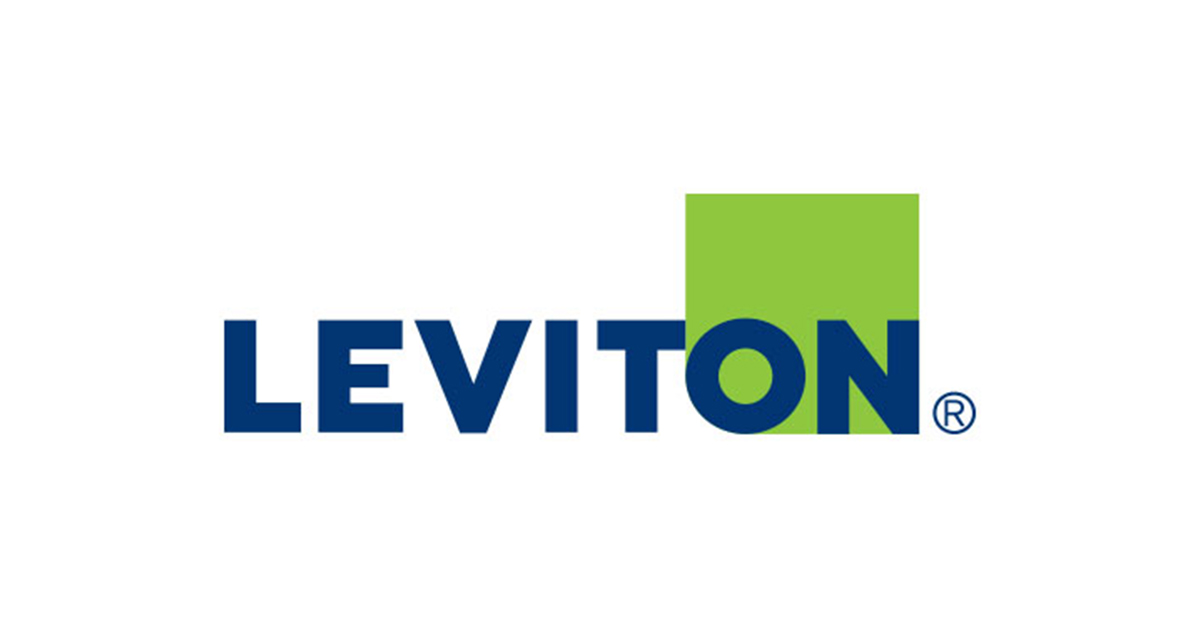Moving from Survivability to Thriveability

May 14, 2020
By David Gordon
In talking with distributors and manufacturers it is clear that many are actively in the planning and pivoting mode, moving from survivability to thriveability. They’ve stabilized their business financially, emotionally (from a staff viewpoint) and operationally. Now they are looking at “doing business,” and more financially secure ones are identifying ways to take share.
This doesn’t mean that others are not planning and pivoting. Some didn’t miss a beat; others typically don’t do much planning and live in the moment. Surveys have shown, depending on the industry, that 60+% are looking forward, which is positive.
Coinciding with this is the phased reopening of the economy. The electrical industry, in most markets, has been fortunate that a vast majority of states allowed some construction to continue, and much industrial also continued, thereby enabling some commerce to occur… and even if there is a spike in hospitalizations, it is expected this would continue to some degree. The benefit… financially secure distributors, well positioned in key customers and markets, have had a revenue stream to support their efforts, albeit at a reduced rate. And we know some whose April 2020 was better than April 2019!
The key is managing and planning, simultaneously
Part of this is also considering the surrounding market, so we thought we’d share some marketplace research from different sectors to provide market sector overviews:
• Hotel construction — Did you know that there were 214,740 hotel rooms under construction in 2020? That’s the highest end of month total ever?
However, Hoteldesign.net reports that the industry expects these projects to take longer than projected as there isn’t demand for the hotel inventory (know people traveling?) Further, 9 projects that were in final planning moved to deferred status as did 21 others that were in the planning status. Another 8 projects were stopped. 28% of the rooms are for New York, Las Vegas, Orlando and Los Angeles / Long Beach. Consider this a construction indicator. If the project isn’t funded, it could be delayed or abandoned. This is the concern that many in the construction trades have for Q3, Q4 and 2021 Q1.
• Dodge construction — Dodge’s April Momentum Index is out: www.construction.com/news/dodge-momentum-index-trips-on-COVID-19-April-2020. It looks backwards from a planning viewpoint but could be indicative of future spend. All of the indices declined. Overall, it declined 6%, the commercial building segment declined 7.6%, and the institutional market declined only 3.2%. So, education and government declined less, most likely due to these projects being funded. The Momentum Index is viewed as a 12-month predicator of future non-residential building spend. While it highlights that planning activity declined, some could also be businesses closed or WFH involved less activity, especially since this was the beginning of the pandemic as well as a major planning market (NYC) was in lockdown.
• Dodge released an update on Public Bidding opportunities: www.construction.com/toolkit/coronavirus-map-active-bidding It was up 9% (as of April 21) from the prior 7 days, which could be an indicator or people “back to work” from their initial reaction of lockdown. There are almost 16,000 projects in the database, however, Dodge mentions that “projects are being moved out”. Impact on distributors and manufacturers: get ready for “perpetual quoting/bidding.” Multiple rounds, lots of excess work with contractors/GCs hoping pricing declines. Lots of chasing after a smaller and smaller set of funded opportunities.
• Business confidence index can be a precursor of spend. Businesses, in general, need to feel optimistic about their future for them to be confident in spending money. While they may have needs (i.e., MRO expenditures, preventative maintenance, emergency work), are they investing into their future as a business confidence index infers that CapEx monies would be allocated? Look to local information for a business confidence index for your area… and perhaps back test information vs. sales performance. Look for trends. Taking this the next step, there is the possibility of creating a customer confidence index for yourself. And for those serving contractors, an index can ask for their anonymous insights in a couple of key areas that could be correlated to longer-term activity. ITR Economics talks about their 3/12 and 12/12 trend lines. Factoring in a customer confidence index could be another indicator.
• Consider the implications of the price of oil. While many immediately think of the impact in selected markets, the economic implications ripple into other segments. Low oil prices reduce spending in these areas, and hence investment into commercial construction as well as result in layoff, which drive down consumption, and that consumption impacts companies outside of the oil producing areas. Further, companies that make equipment for oil producing areas are not always in those areas. So, if you sell to industrial or OEM companies, know what your customers make to understand their business dynamics. This is the importance of understanding SIC/NAICS codes for your customers (and if your salespeople have time, they should be learning this, if they haven’t already).
We’ll continue to share other macro business drivers that we see. These will translate into, and for leading companies, are translating, into considerations in their planning processes. There are opportunities, there are challenges, coming as the market shifts. Things to consider include (in no order):
1. Business process automation to enable cost-effective scalability
2. A changing salesforce and how to manage them (let alone where are they)
3. Reconfiguring offices
4. Price pressures
5. Role of eCommerce
6. Availability of talent
7. Performance-based marketing
8. Tiering of customer benefits as well as customer (and read “distributor” segmentation)
9. RSM and rep dynamics (in the age of virtual, what are the skills needed of an RSM?)
10. Communicating value proposition to strengthen position (build a moat) and enable customer acquisition / conversion
11. Engaging unassigned accounts / mid-small accounts (either perceived or actual)
12. How to make employees feel safe
13. Ideas to consider in a reopening
And more.
Providing help
Recognizing that companies need to minimize discretionary spending but can benefit from a third party perspective as well as additional insights, we’re accepting short-term engagements to share ideas to discuss many of these areas (and others that may be specific to you.) Or, another alternative is our Lumiere service, which is a heavily discounted telephone advisory service; http://channelmkt.com/wp-content/uploads/2017/01/original-lumiere_2017.pdf
Sometimes you just need either a unbiased view, confirmation or fresh ideas.
David Gordon is President of Channel Marketing Group. Channel Marketing Group develops market share and growth strategies for manufacturers and distributors and develops market research. CMG’s specialty is the electrical industry. He also authors an electrical industry blog, www.electricaltrends.com. He can be reached at 919-488-8635 or dgordon@channelmkt.com.











